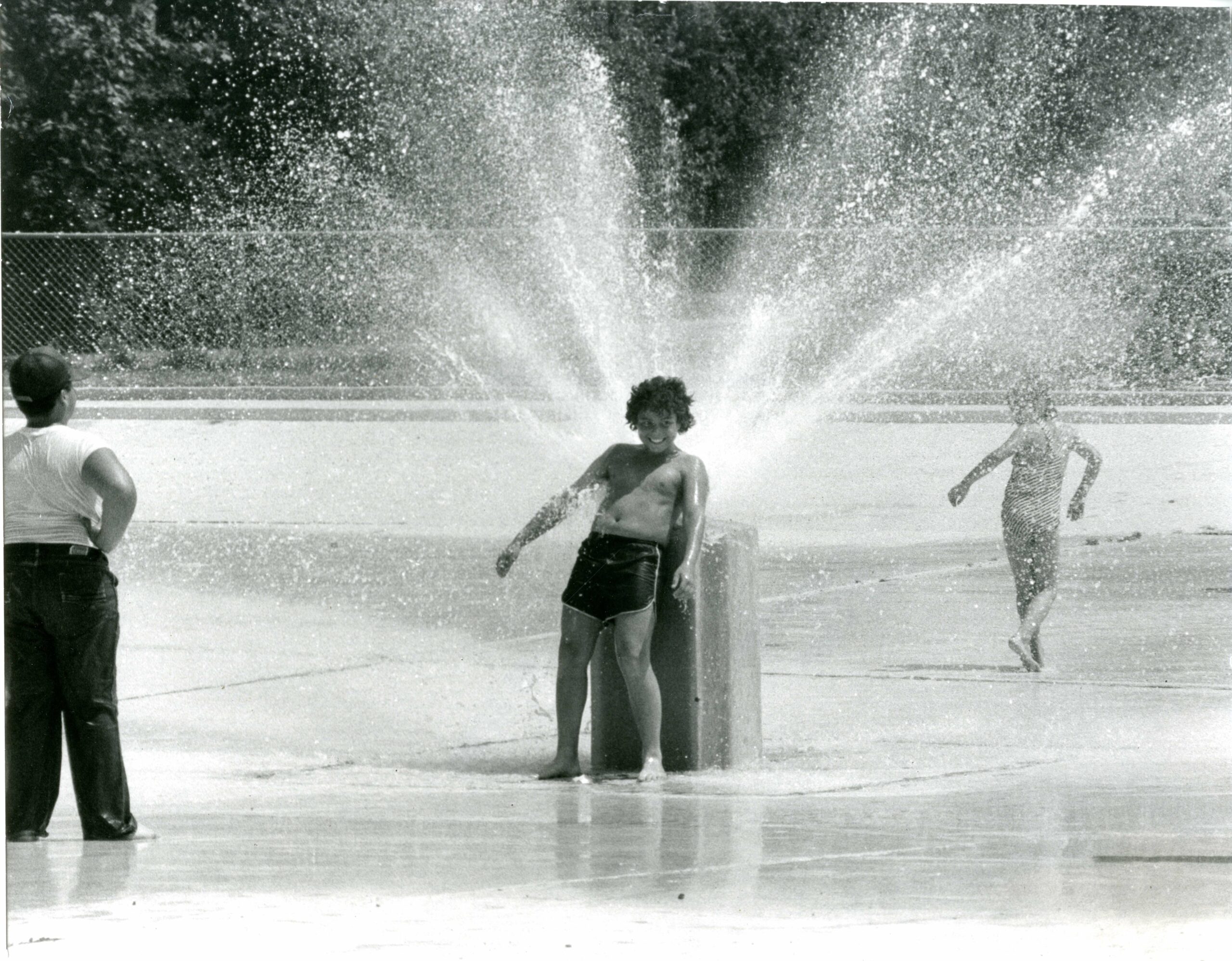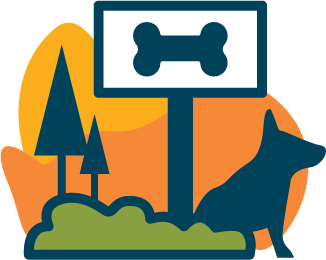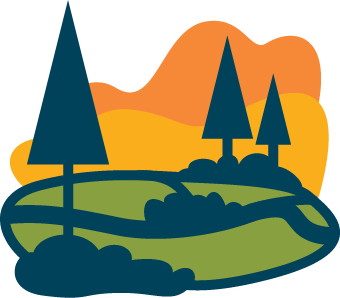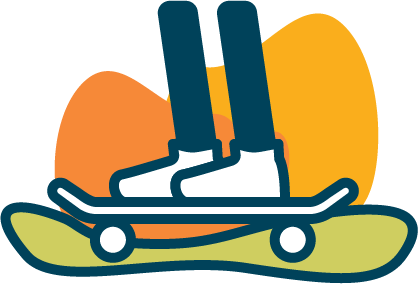
Each year on March 20th, the World Happiness Report is released, sharing the state of happiness on a global scale. You can have fun exploring the report’s dashboard with happiness scores for each county (spoiler, the U.S. earns a green smiley, but is still outranked by happiness masters like Iceland, Norway, and Sweden). While interesting, a single number representing an entire country does not provide a full picture. Luckily, we can dive deeper into understanding human happiness thanks to a field of research devoted entirely to this topic.
In 1998, the American Psychological Association elected a researcher by the name of Martin Seligman to be its president. In this role, Seligman had a major influence on the field, redirecting psychology research towards a new topic: happiness. Positive psychology, or the scientific study of human flourishing, took root.
Research in positive psychology can be used to better understand what makes a population happy. Those who work in community-oriented fields can use this research to make decisions that will improve happiness at the group level. If we know something makes individuals happier, can we include those things in efforts meant for whole communities? How can we leverage happiness-inducing features in work that will impact large groups of people, now and in the future? Asking these questions can bring community happiness to the forefront of our minds, reminding us it’s worth paying attention to.
On many local and global development agendas, goals focused on improving urban life have become a major priority. The changes made to build better cities should take happiness into consideration. Happiness can be fostered in many different types of urban spaces, including community parks. Since we are a park, let’s look at what the research from positive psychology (and other fields) says for urban greenspaces and their marks on human happiness.
- Happiness and aerobic exercise: Aerobic exercise is a proven way to release dopamine, the chemical in your brain that helps you feel happy. But many of us need motivation, access, and a strong nudge to get out and move. A well-designed park makes aerobic exercise easy. Walking and biking paths maintained year-round and active play spaces for little ones make dopamine-releasing aerobic exercise easy and free. If cities want happier citizens in the future, the solution is pretty straight-forward: build parks that help people move.
- Happiness and sports: The research is pretty clear on the correlation between playing sports and happiness as well. One study even shows that participating in sports can increase life satisfaction more than twice as much as getting married. Team sports are an even bigger win, as they reduce happiness-draining levels of loneliness and provide a host of other psychological, social, and behavioral benefits. Urban parks that carve out space for team sports are taking a clear step in the direction of happier communities.
- Happiness and nature: Research shows human happiness increases with more time spent in nature. Last month we discussed how spending time outdoors leads to improved well-being. Access to nature can be limited in an urban center, however, unless parks are a priority. A well-designed park helps nature flourish inside cities. By providing habitats for native species and spaces where humans can immerse themselves in nature year-round, parks that prioritize nature will spread happiness.
- Happiness and water: Research shows that spending time in ‘blue spaces’ or places near water is also good for you. These places provide clear benefits to urban populations. New medical research focused on ‘blue care’ is exploring the use of outdoor water environments to improve public health. Improvements in health are improvements in happiness, as the link between the two is strong and runs in both directions (health influences happiness, happiness influences health). Consequently, parks that include blue spaces, like ours on the shores of Lake Erie, get extra points for happiness-potential.
- Happiness and community: Finally, research shows us that building community and neighborliness can improve the well-being of a population, something we explored back in August. Take this global study, where connectedness to social domains such as one’s city was clearly linked to increased happiness. Feeling connected to other people makes us feel happier. Parks are places where positive interactions between friends, families, and neighbors are easy and free to foster. Parks build connections by providing places to gather as well as public programs and community events. Increasing these community-building attributes will likely lead to happier citizens.
The link between parks and happiness is pretty strong when you explore the features of a well-designed park and the research connected to well-being. If we want happier communities, parks should be a priority. Efforts like our 110-million dollar park renovation on the blue shores of our freshwater lake are a huge push towards a flourishing future. It’s an investment for the well-being of present and future communities. This month, as the world focuses on the happiness-levels of entire countries, we are focusing on happiness-levels closer to home. Each month we get closer to completing the redesign of the new Ralph Wilson Park. And each month we get closer to a future where feeling happy will be easier than ever before in downtown Buffalo.
Photo: Children playing in the park’s splash pad in July, 1982. Citation: Collection of The Buffalo History Museum. General photograph collection, Parks- Buffalo and Erie County – Ralph C. Wilson Jr. Centennial.
All of the Heritage Engagement Project blog posts are now in one spot. Check out our new HEP page for past and future reading on heritage-building at Ralph Wilson Park.









